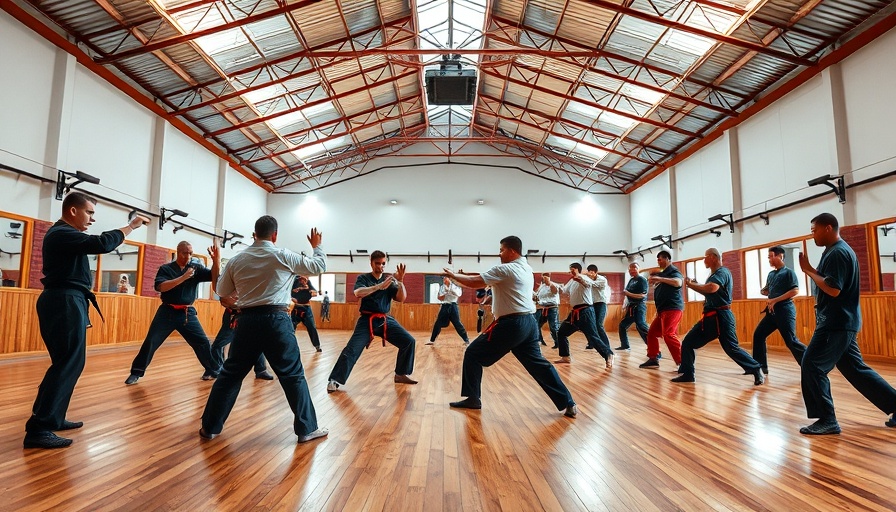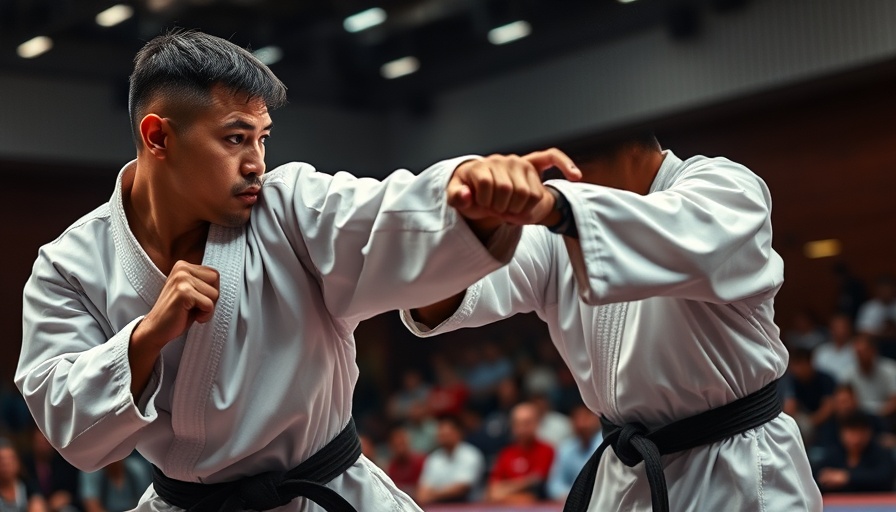
Building a Comprehensive Martial Arts Curriculum for All Levels
In the world of martial arts, having a well-structured curriculum is paramount for the success of any school. As I transition from my corporate management career to becoming a dedicated martial arts practitioner, I've spent over 40 years delving into effective curriculum development. My insights, backed by a multitude of expert opinions and seminars, outline the essential components necessary for creating a robust martial arts curriculum that can cater to students of all ages.
The Importance of Basics in a Martial Arts Curriculum
Every martial artist begins their journey by mastering the basics. A structured curriculum should start with core techniques, especially for beginners. Instructors must ensure that students grasp foundational movements before tackling more complex skills. The focus should be on:
- Identifying Fundamental Techniques: Create a list of key techniques that serve as building blocks, ensuring students develop a solid understanding of each.
- Core Principles: Each technique has underlying principles; teaching these enhances overall comprehension and application.
- Associated Techniques: Provide 2-3 attacks that pair with each fundamental move to broaden skillsets.
- Defensive Maneuvers: Ensure students learn how to protect themselves with appropriate escapes and defenses.
- Estimate Class Duration: Estimate the time required to cover each technique thoroughly, allowing for adequate mastery.
Crafting a Welcoming Introductory Session
First impressions matter, especially when welcoming new students into your dojo. An introductory session should include key aspects that help new students feel comfortable:
- Dojo Etiquette: Teach the significance of bowing and other traditions that foster respect and discipline.
- Uniform Guidelines: Show how to correctly wear the gi and belt, and explain the importance of attire.
- Initial Movements: Introduce basic stances, blocks, and strikes to provide a foundation upon which they can build.
This introductory session not only minimizes feelings of confusion but also significantly boosts student retention by creating an inviting space for learning.
Adapting to Adult Learners
Engaging adult students requires a unique approach due to their varied backgrounds and expectations. It’s essential to understand that many adults pursue martial arts primarily for fitness, making it vital to:
- Offer Flexible Scheduling: Classes should be designed to accommodate busy adult lifestyles, with options available for different times.
- Market Fitness Benefits: Emphasize the physical conditioning aspect of martial arts, which appeals to many adult learners.
- Blend Modern and Traditional Training: While respecting tradition, integrating contemporary training methods can foster greater student engagement.
Incorporating Youth-Centric Teaching Methods
Children require different strategies compared to adults. Their natural tendency for playful learning lends itself well to gamification—a method that incorporates game elements into lesson plans:
- Games that Reinforce Techniques: Use playful drills to teach fundamental techniques without overwhelming young learners.
- Adjust Pacing: Focus on essential techniques, giving extra time for practice while avoiding complex material until they are ready.
By utilizing fun and interactive approaches, children will not only learn techniques but will also develop a genuine love for martial arts.
Emphasizing Continuous Improvement
Building a successful martial arts curriculum requires regular review and adaptation. Schools should implement feedback mechanisms to gather insights from students and instructors, ensuring that:
- Continuous Evaluation: Regularly assess student progress and instructional effectiveness.
- Stay Informed: Keep abreast of industry trends and best practices to remain competitive.
A dynamic, adaptable approach fosters a welcoming environment that can retain students and attract new members.
Conclusion: Embrace the Journey
In conclusion, structuring a successful martial arts curriculum is about prioritizing foundational techniques, accommodating various learning styles, and ensuring continuous improvement. By developing a program centered on students’ needs and leveraging both traditional values and modern techniques, martial arts schools can nurture a supportive community. Everyone from children to adults can find joy in their training and become lifelong martial artists.
For those interested in enhancing their knowledge and skills in martial arts or looking to design a successful curriculum, now is the time to take the next step towards embracing this enriching journey.
 Add Row
Add Row  Add
Add 








Write A Comment